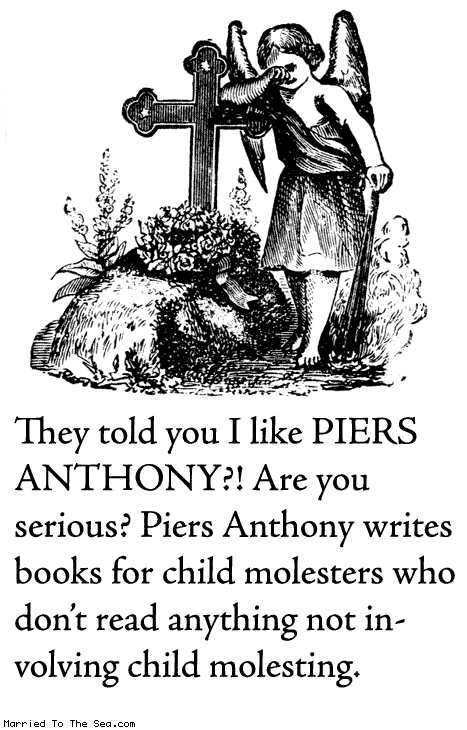the dreaming body that he daily plundered
posted by molly under reading | permalink | | leave a comment | Comments Off on the dreaming body that he daily plundered
Jane Alison
A few weeks ago Jesse and I were discussing the difference between “predictable” and “inevitable” as applied to literature and film (a conversation inspired by the new Swedish vampire movie Let the Right One In), and we sort-of decided that the only real difference between the two was that movies or books we liked were “inevitable” and those we did not care for were “predictable.”
With that in mind I will describe The Love Artist as somewhere in between. While reading it I found myself wondering if it were a first novel, and a review I read upon completing it verified my suspicions. Nothing in particular gives this away; Alison’s prose is fantastic in both senses of the word. She is a writer who has the ability to conjure lush, real landscapes as well as the dreamy weirdness of visions and portents. Yet, with all her manifest skill at setting she fell short for me with character.
Though I enjoyed the novel it failed to capture my wholehearted interest, and I feel it should have. As an audience, I share many of the same passions as the author. I like historical fiction. I have a deep love of Ovid’s works, specifically his Metamorphoses, I enjoy stories with witchy elements, strong female characters, Medea, and, additionally, I’ve been to the Black Sea; but The Love Artist made me wonder why I should care about anything that happened to the characters over the course of the book. I found them to be flat and on the whole unsympathetic, and their motivations obscure. Alison seemed to give more time to establishing how Ovid looked (with frequent repetition of such details as the color of his eyes, the leanness of his frame) than why he does what he does, and I also found that she relied too much on the stereotype/archetype of the witch (another debate of wording, such as predictable vs. inevitable) rather than giving Xenia a meaningful personality that might temper Alison’s choice of giving her such a cringeworthy name.
I could never fully grasp why the characters behaved as they did for much of the novel, I think in part because their motivations were so mundane it astonished me. Ovid, once he has his muse and is back in Rome, becomes a hound-dog again, powerless to resist the jewel-bright charms of Roman women, flirting and lying for no really good reason. Xenia comes across as petty and jealous because a jealous woman is an excellent literary device to drive forward a plot. I am fully aware that Alison was in part basing the novel on Medea but at times that decision seemed lazy and made the characters one-dimensional, they never went beyond the expectations of their source material. I also felt that Alison made the mistake of thinking the reader would care about Ovid simply because he is Ovid and not for any more compelling reason, and Xenia because she is a spooky witch wronged by patriarchy and everyone loves a spooky witch wronged by patriarchy.
Perhaps the most troubling thing about The Love- Artist was Alison’s decision to give her all-knowing prophetic witch “blind spots” in her vision, all conveniently located to allow the machinations of the characters to come into bloom. This screamed literary device in the worst way, and I think she could have found a better means to deal with wishing a slow reveal, even just making Xenia unwilling to see her own fate. This goes to show that Alison’s manipulation of suspense was nonexistent– there were no surprises. Most egregiously: the first chapter has three sections– Ovid, Xenia, and Julia, granddaughter of Caesar Augustus. Later we stop hearing much of Julia and Ovid obtains a powerful female patroness in Rome. Who could it be? Again, we return to inevitable vs. predictable.
All in all, The Love-Artist was exactly like the photograph on its cover– lush, initially hypnotic, but superficial and given to an unfortunate privileging of the exotic. I enjoyed reading it but was left wanting more.



